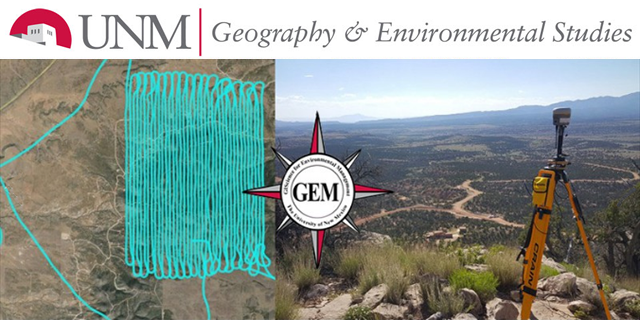
Geography ETDs
Publication Date
7-2021
Abstract
The home range (HR) is a fundamental manifestation of an animal’s spatial behavior, but its study has been limited by unclear, unreliable, and unstandardized methodological approaches for measurement. The lack of a comprehensive evaluation of the influence of components of the HR estimation process has hampered consensus over best practices for collecting and analysing movement data. This leads to wide variation in practice, thwarting direct comparability between HR estimates and curtailing the cohesive power of cross-study findings necessary for testing hypotheses and developing appropriate conservation and management strategies. In this thesis I explore the influence of and interaction between common methods of estimating HR and important characteristics of movement datasets, using an extensive collection of GPS data from a long-term wild chimpanzee (Pan troglodytes schweinfurthii) community. I use subsampling techniques to generate 732 movement datasets that range broadly in terms of sample size, autocorrelation, sampling duration, sampling interval, and number of tracking days. I then apply 8 methods of estimating HR to each dataset and evaluate the influence of method and data characteristics on the resulting HR size using linear mixed effects modeling. I found that the area-corrected Autocorrelated Kernel Density Estimate (AKDEc) routinely outperforms other methods of estimation and produces HR outputs least likely to contain the influence of non-spatial dataset variation, leading to the most directly comparable results. However, the AKDEc does not perform reliably on small datasets lacking sufficient autocorrelation detail, as results from extreme subsampling. My findings confirm that autocorrelation is an inherent and unnegotiable component of modern tracking datasets, and that attempting to eliminate it is a detrimental practice. Additionally, I found that sampling duration has the largest magnitude effect on variation in HR estimates among characteristics, but that the effect of sampling interval is the most unpredictable. Finally, I found that direct comparisons of HR estimates are potentially feasible when performed under similar data collection strategies using the Minimum Convex Polygon or Grid Square Sum estimators but unfeasible when derived from density-based estimators. These findings point to the importance of structuring data collection to maximize the information content of a dataset, reporting critical details about data collection metrics, dataset characteristics, and HR estimator application, and applying an HR estimator that is appropriate to the data and resistant to the influence of non-spatial characteristics.
Degree Name
Geography
Department Name
Geography
Level of Degree
Masters
First Committee Member (Chair)
Dr. Christopher D. Lippitt
Second Committee Member
Dr. Melissa Emery Thompson
Third Committee Member
Dr. Xi Gong
Document Type
Thesis
Language
English
Keywords
home range, GPS, spatial, chimpanzee, kernel
Recommended Citation
Rutherford, Jillian J.. "In Pursuit of Comparability: Evaluating Influence and Interaction Among Components of the Home Range Estimation Process in Chimpanzee Datasets." (2021). https://digitalrepository.unm.edu/geog_etds/60
